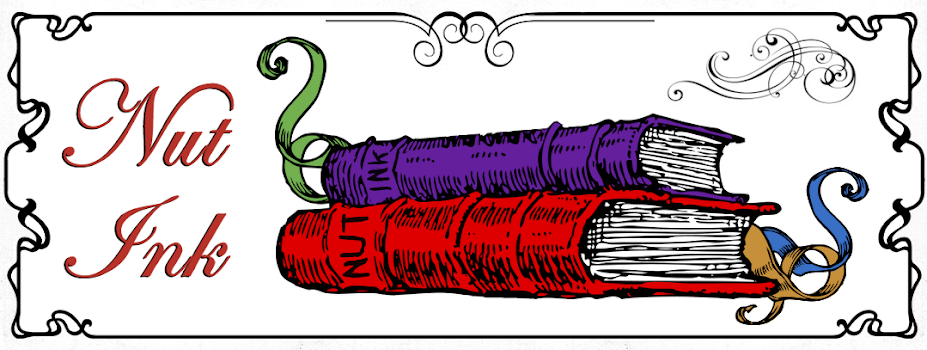Author: Ed Brubaker | Illustrator: Bryan Talbot | Page Count: 96
"At that moment, Edwin Paine remembered exactly why he used to be afraid of the dark."
The DBD miniseries features Charles Rowland and Edwin Paine, characters first introduced in The Sandman: Vol IV: Season of Mists (1992). Some other supporting characters from the Sandman universe pop up and will leave new readers confused because the book offers no explanation of who they are.
It's set in England. The dialogue is supposed to reflect that, but it doesn't quite hit the mark. It's more like an outsider's view of how English people sound. It's easy to overlook because the characters existed before author Ed Brubaker took the reins, so he was tied to them having a different geographical origin than himself.
What's more difficult to ignore is the lack of danger or urgency. The youthful Holmes and Watson-esque relationship on the verge of maturity yet still clinging to the ties of childhood was certainly a sensible approach, but deeper introspection, or perhaps more of a focus on the boys' unique position within the world they inhabit, could've improved the narrative.
Brubaker went on to pen some of the genre greats (including Batman, Daredevil, Captain America and the X-Men!) but Dead Boy Detectives isn't something I'd recommend to anyone who isn't a fanatic Sandman collector. It feels too much like an attempt to mimic Alan Moore's period pieces, without the gravitas. If the series had been continued it could've explored a small pocket of the Sandman universe from a murder mystery perspective; that would've been really interesting.
The book collects together The Sandman Presents: Dead Boy Detectives Issues 1-4.
1 smile, because even dead people read Batman out of 5














